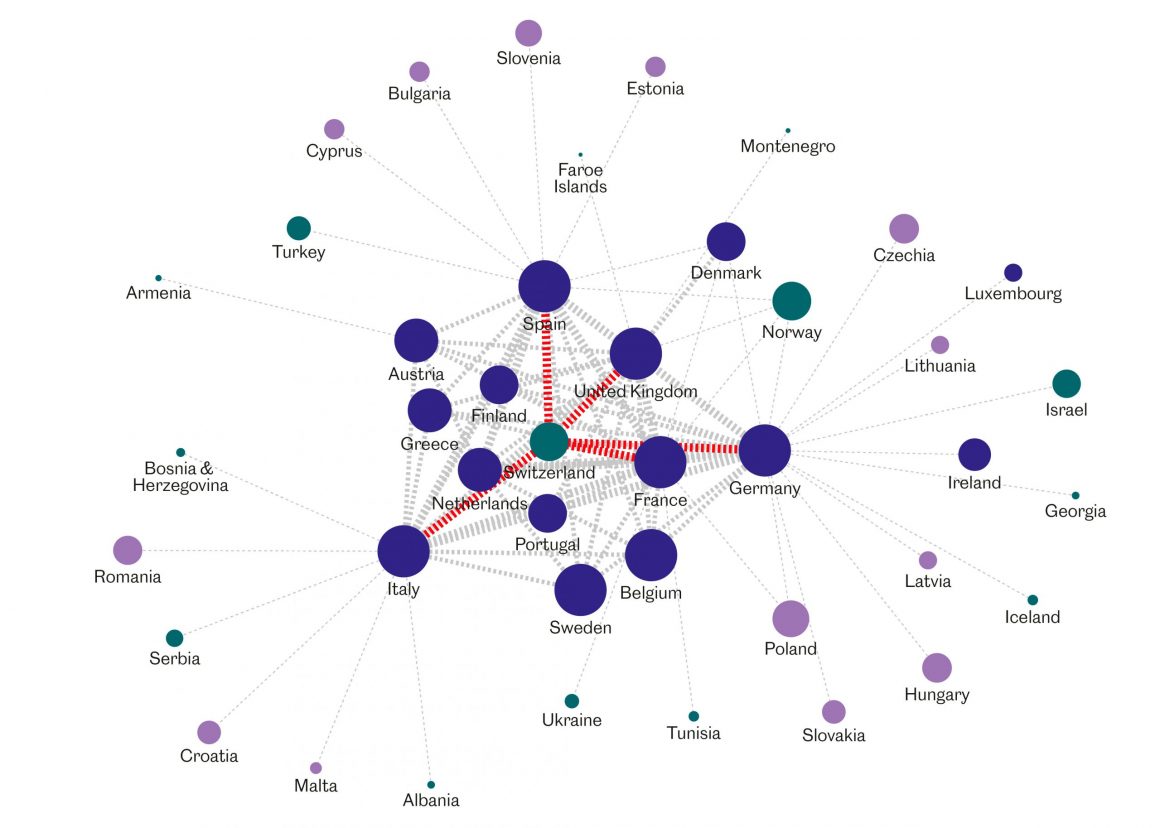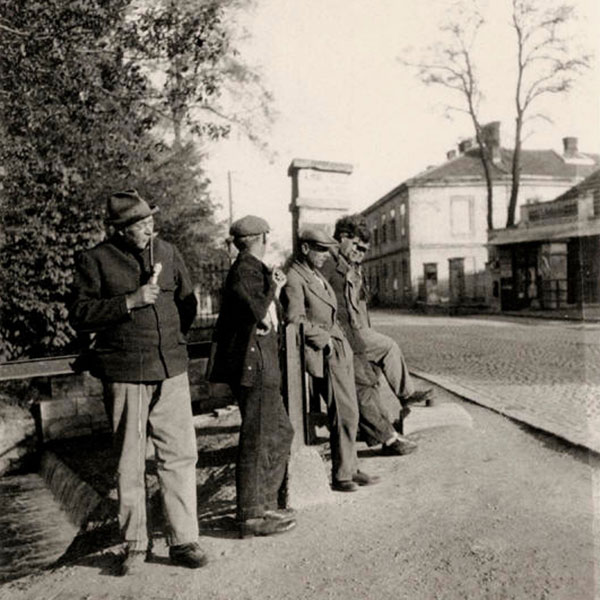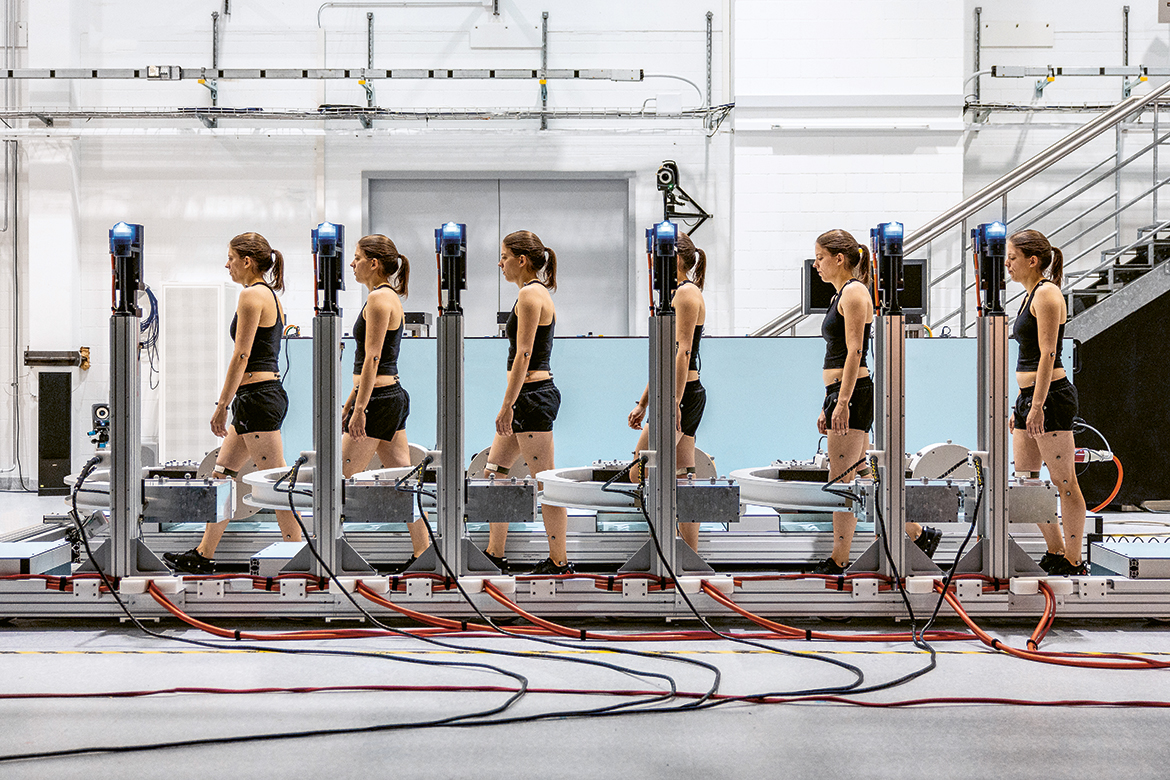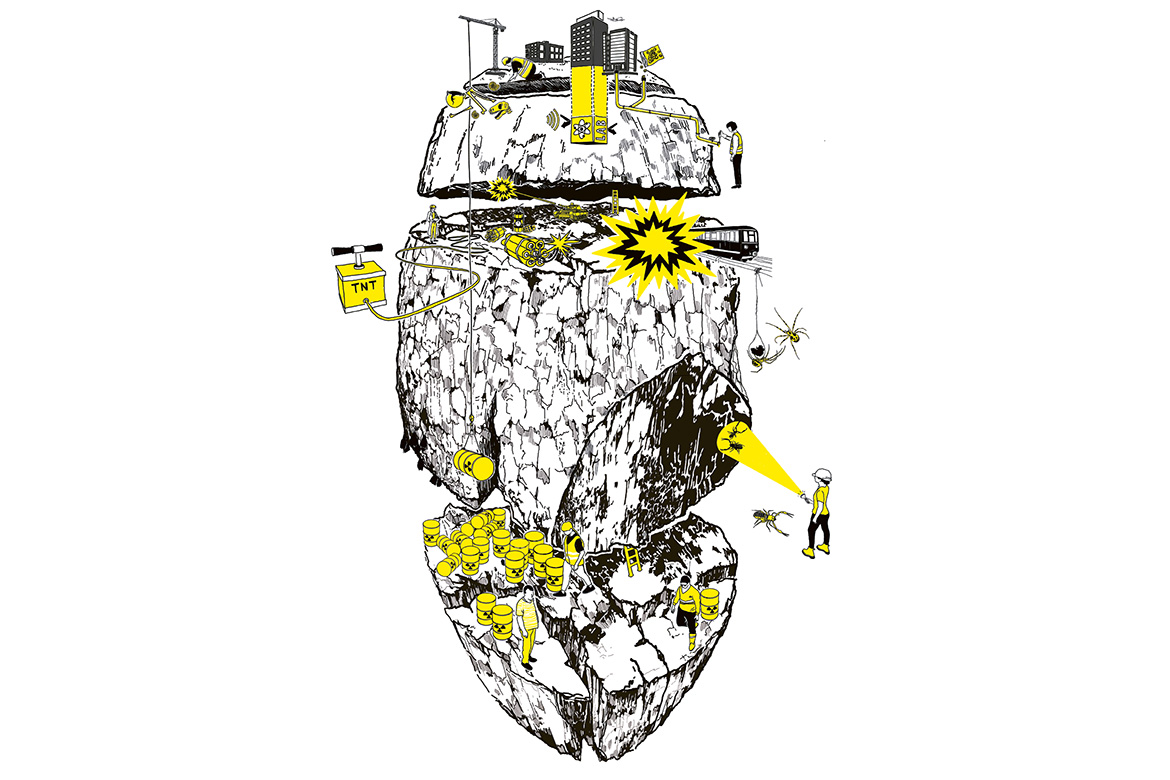“An infographic offers you more opportunities to tell stories”
Whether it’s children’s names or the fate of US presidents – just about any topic can be explained by means of an infographic, as is proven by the work of Matthias Schütte at Die Zeit.

Since 2017, Martin Schütte has been one of the creative minds behind the popular series ‘Knowledge in pictures’ at the newspaper Die Zeit. | Photo: Henning Kretschmer
The infographic page ‘Wissen in Bildern’ (‘Knowledge in pictures’) in the weekly newspaper Die Zeit has been setting out complex topics in a straightforward, clear manner since 2009 – from machine learning to the diversity of the moose and much more besides. Martin Schütte is the infographic designer who’s been responsible for this page since 2017, working alongside the paper’s art directors and science editors.
What was the topic of your very first infographic for ‘Knowledge in pictures’?
It was about the most popular pets in Germany. That was back in 2014, and I still can’t look at it without embarrassment. I recall that there were striking parallels between the most popular children’s names and those given to cats and dogs.
What’s your favourite infographic?
That’s a tricky question … I still like my page on the US presidents a lot: reduced portraits show them all at a glance in chronological sequence, along with their years in office and the party to which they belonged. And you can also see that eight died in office, half of them killed by a bullet.
What topics were a failure?
I wouldn’t speak of complete failure. But there were perhaps pages that ultimately needed more explanatory text than I would have liked.
How much time do you spend working on a single infographic?
It’s rare for it to be finished in three days. It can sometimes take months. The infographic on the presidents is something that I sketched out in 2008 without any commission, at the time that Barack Obama was elected. When Biden was elected in 2020, we reworked the old sketch at Die Zeit. That’s my page with the longest history.
Is there any science that an infographic can’t explain?
I remember that certain topics from physics and technology were especially challenging, such as X-rays and artificial intelligence. It can be highly challenging to convey the complete prior knowledge necessary to understand a topic when you’ve got only a single page.
Does truth sometimes have to be sacrificed for the sake of storytelling?
I hope not, though I could imagine sometimes simplifying something for reasons of space.
In science communication, sometimes you are actually called upon to simplify topics.
With an infographic, you have more opportunities to tell a story, not fewer. You have a combination of graphic, image and text. What’s more, you can rely on a linear narrative: you can lead the eye of the reader across the image elements in a particular order, or sometimes just let their gaze wander freely over the page.
How would you explain the whole of science as an infographic?
I take it as a compliment that you think I’d be able to do it. It’s something I’d have to ponder for a longer period of time. But thanks for the idea!




